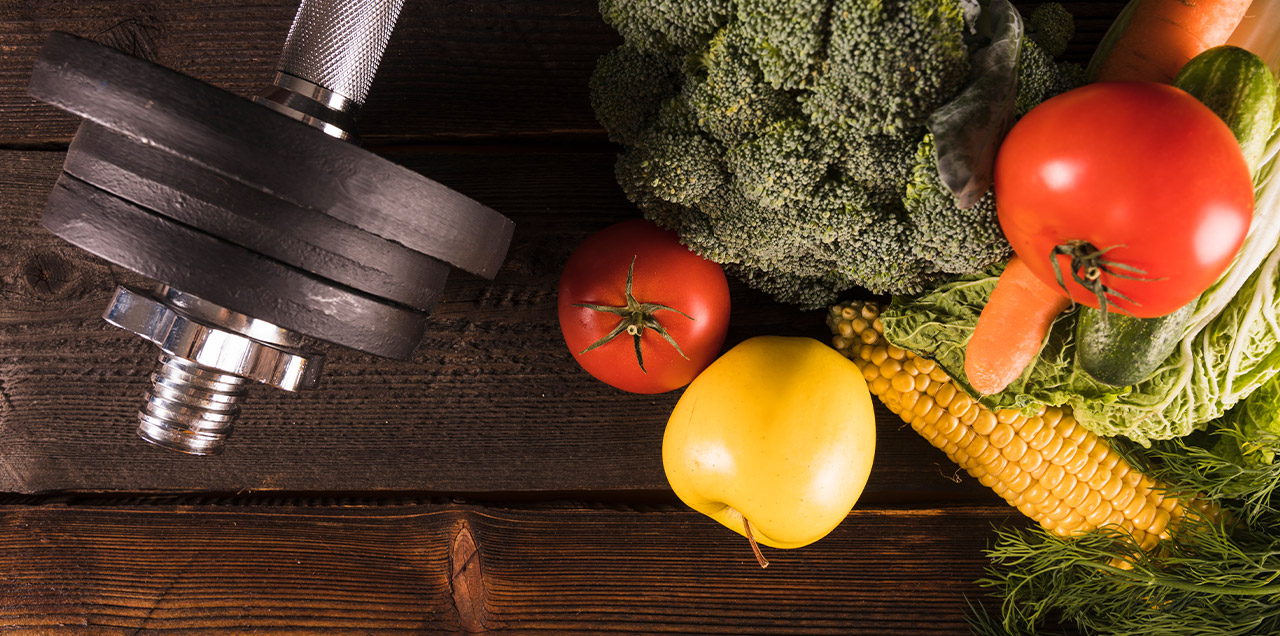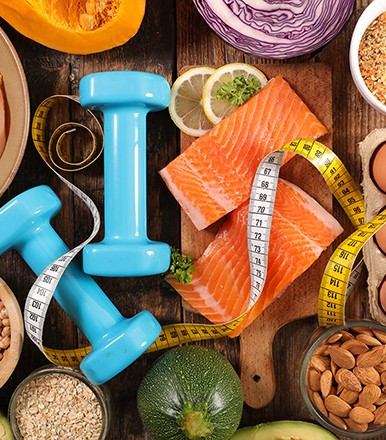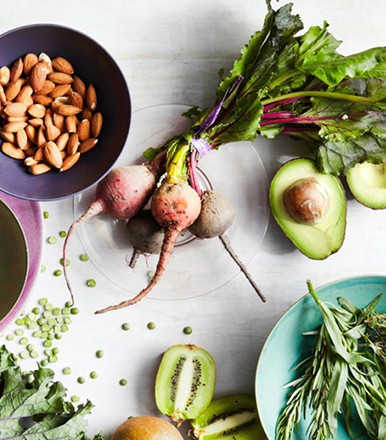Achieving both fat loss and muscle gain simultaneously can be a challenging endeavor, but with the right nutrition strategies, it is indeed possible. While these goals may seem contradictory, adopting a balanced and mindful approach to your diet can help you optimize your body composition and overall health. Here are a few key nutrition strategies that can support simultaneous fat loss and muscle gain.
Caloric Balance:
The fundamental principle for any body composition goal is caloric balance. To lose fat, you need to create a caloric deficit, while muscle gain requires a caloric surplus. Striking a balance involves a modest caloric deficit that promotes fat loss without compromising muscle growth. Calculate your daily energy needs and adjust your intake accordingly.
Macronutrient Distribution:
Focus on a well-balanced macronutrient distribution to support both fat loss and muscle gain. Adequate protein intake is crucial for muscle synthesis, while carbohydrates provide energy for workouts, and fats contribute to overall health. Aim for a protein intake of 1.6 to 2.2 grams per kilogram of body weight, with the remaining calories coming from a mix of healthy fats and complex carbohydrates.
Prioritize Protein:
Protein is a cornerstone for those aiming to build muscle while losing fat. It helps preserve lean muscle mass during a caloric deficit and supports muscle repair and growth. Include lean protein sources such as poultry, fish, eggs, dairy, legumes, and plant-based alternatives in your diet. Consider protein-rich snacks to meet your daily requirements.
Strategic Carbohydrate Timing:
Carbohydrates are essential for energy, especially during workouts. Strategic carbohydrate timing involves consuming a higher proportion of carbs around your training sessions. This can enhance performance, promote muscle recovery, and minimize the risk of muscle loss during a caloric deficit. Choose whole grains, fruits, and vegetables as your primary carbohydrate sources.
Healthy Fats for Hormonal Balance:
Including healthy fats in your diet is crucial for hormonal balance, which plays a role in both fat loss and muscle gain. Omega-3 fatty acids found in fish, flaxseeds, and walnuts, as well as monounsaturated fats from avocados and olive oil, can support overall health and optimize hormonal function.
Meal Timing and Frequency:
Distribute your meals strategically throughout the day to support your goals. Consider consuming a protein-rich meal or snack every 3-4 hours to maximize muscle protein synthesis. This can also help control hunger and prevent overeating, contributing to a sustainable caloric deficit.
Stay Hydrated:
Adequate hydration is often overlooked but is crucial for overall health and optimal body function. Water plays a role in various physiological processes, including digestion, nutrient absorption, and muscle function. Aim to drink enough water throughout the day, and consider consuming water-rich foods like fruits and vegetables.
Monitor Progress and Adjust:
Regularly assess your progress and be willing to adjust your nutrition plan accordingly. Track changes in body composition, strength, and energy levels. If progress stalls, consider adjusting your caloric intake or modifying your macronutrient distribution to find the optimal balance for your body.
Incorporate Resistance Training:
To support muscle gain, incorporate resistance training into your fitness routine. Resistance exercises stimulate muscle growth and can help preserve lean mass during a caloric deficit. Combine strength training with cardiovascular exercises for a well-rounded approach to fat loss.
Prioritize Whole Foods:
Emphasize whole, nutrient-dense foods in your diet. These foods provide essential vitamins, minerals, and fiber that contribute to overall health. Minimize the intake of processed foods, sugary snacks, and excessive amounts of refined carbohydrates.
In conclusion, achieving simultaneous fat loss and muscle gain requires a balanced and sustainable approach to nutrition. By focusing on caloric balance, prioritizing protein, strategically timing carbohydrates, and incorporating other key nutritional strategies, you can optimize your body composition and work towards your fitness goals. Remember that individual responses may vary, so it's essential to tailor these strategies to your specific needs and preferences. Always consult with a healthcare or nutrition professional before making significant changes to your diet or exercise routine.
Hello Fitness Magazine is your go-to source for the latest trends, tips, and insights on health and wellness. From nutrition advice to workout routines, we're dedicated to helping you live your best life. Ready to embark on your journey to better health and well-being? Visit Hello Fitness Magazine today for expert advice, inspirational stories, and actionable tips to help you reach your goals. Whether you're looking to improve your diet, ramp up your fitness routine, or prioritize self-care, we've got you covered. Get started now and say hello to a happier, healthier you!














